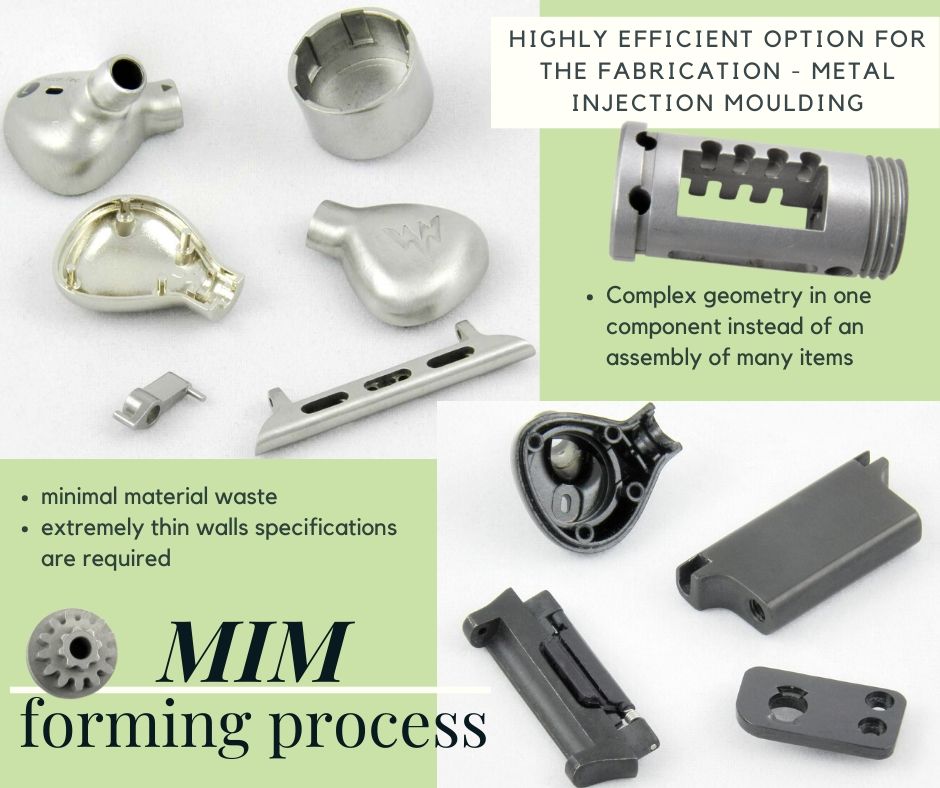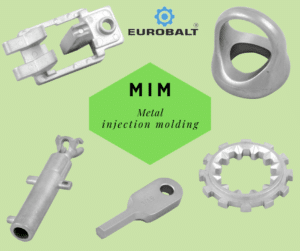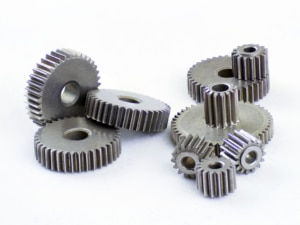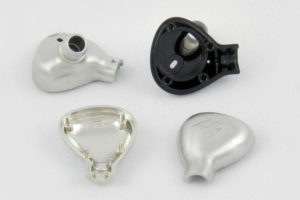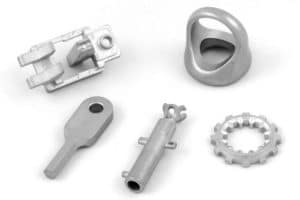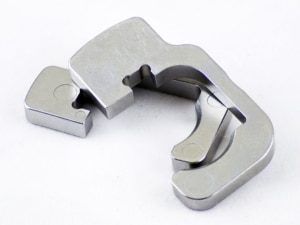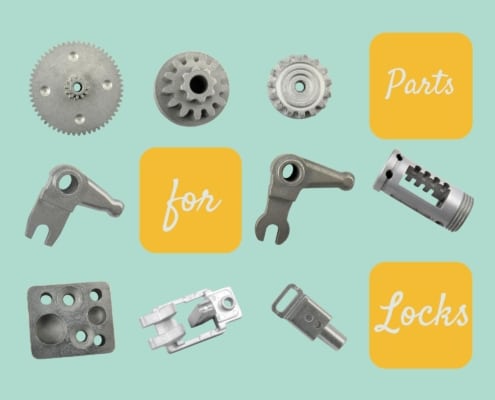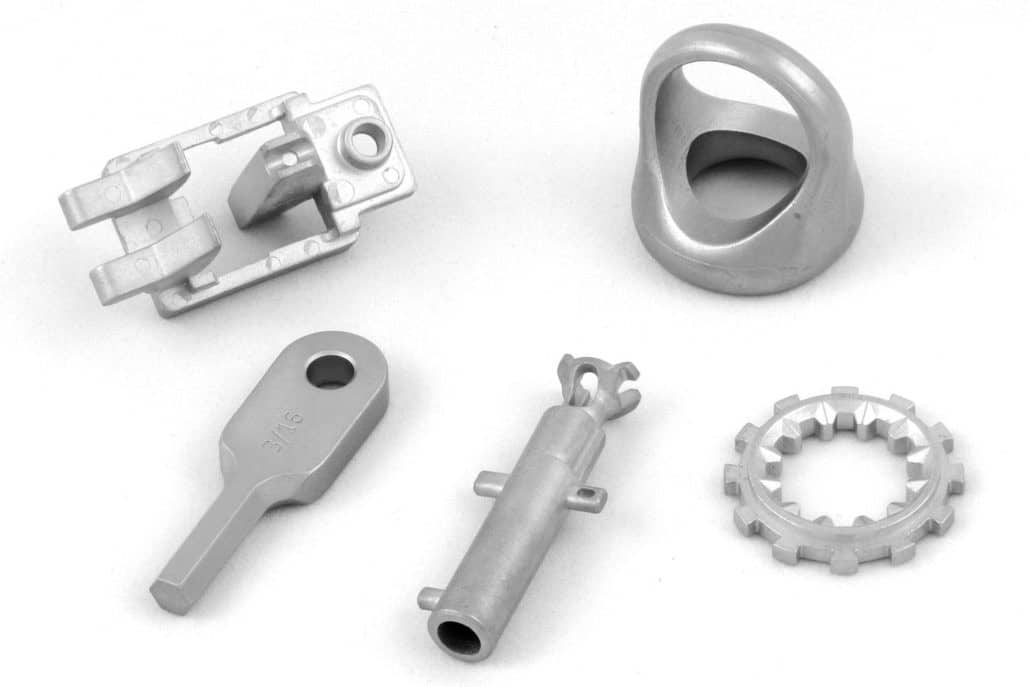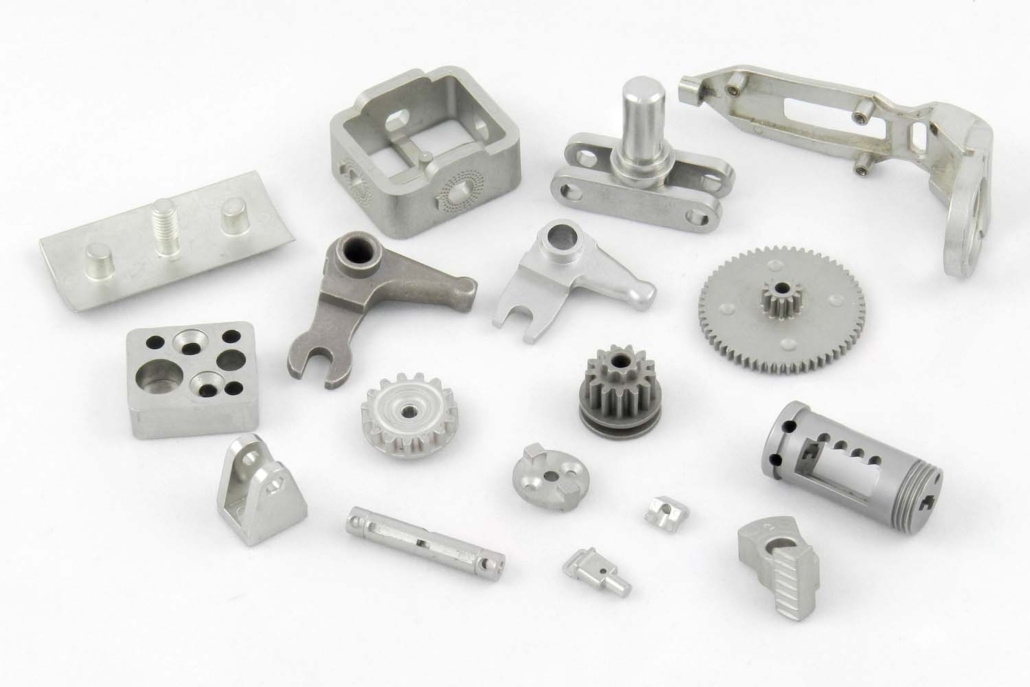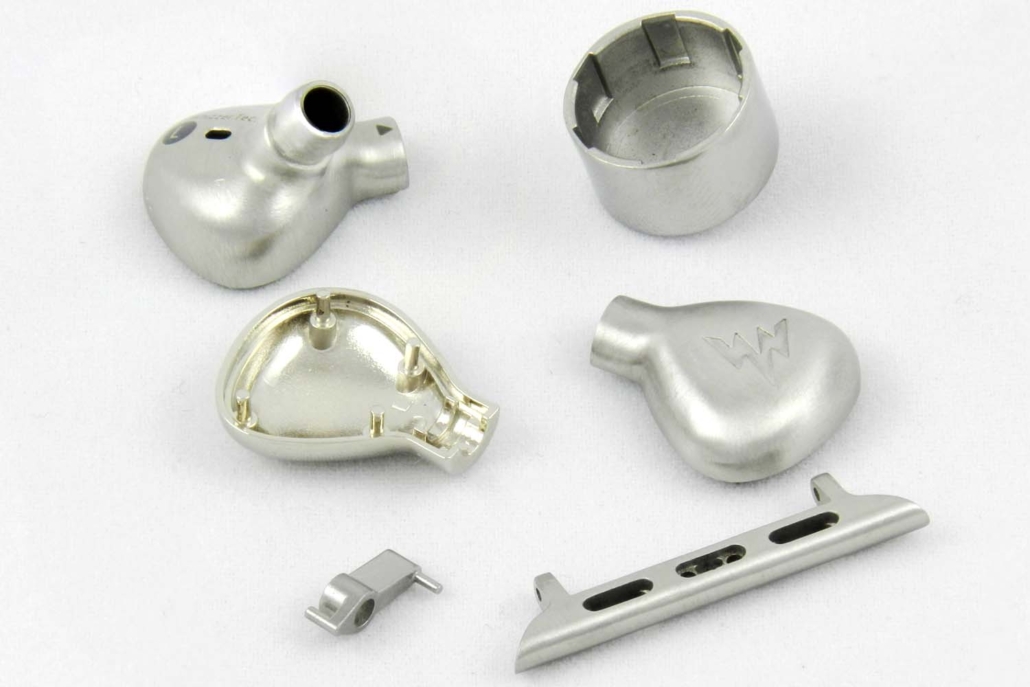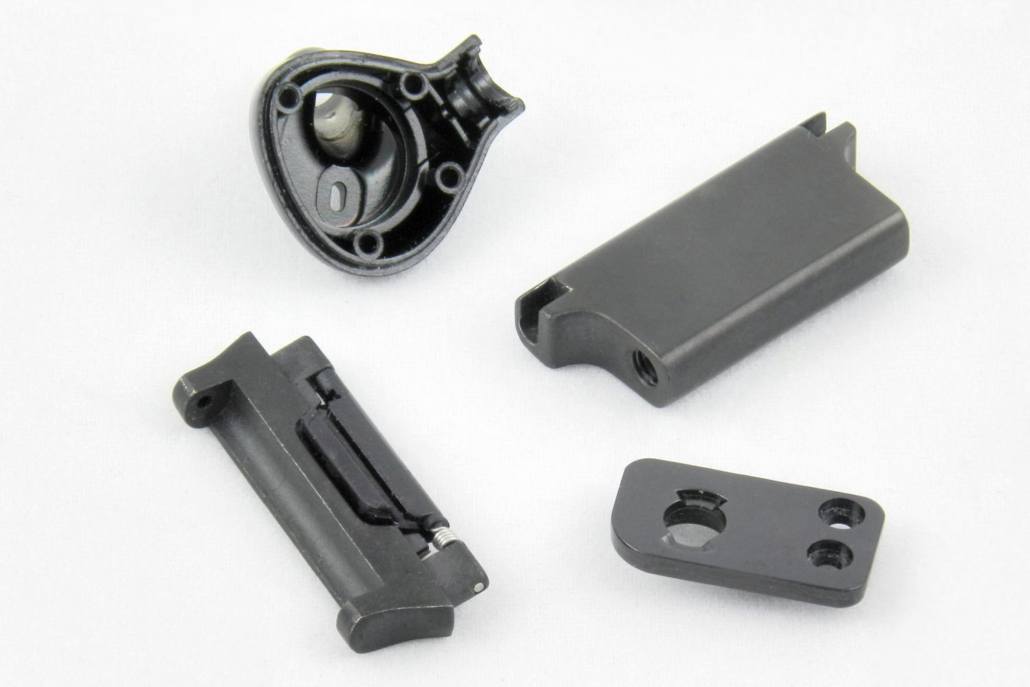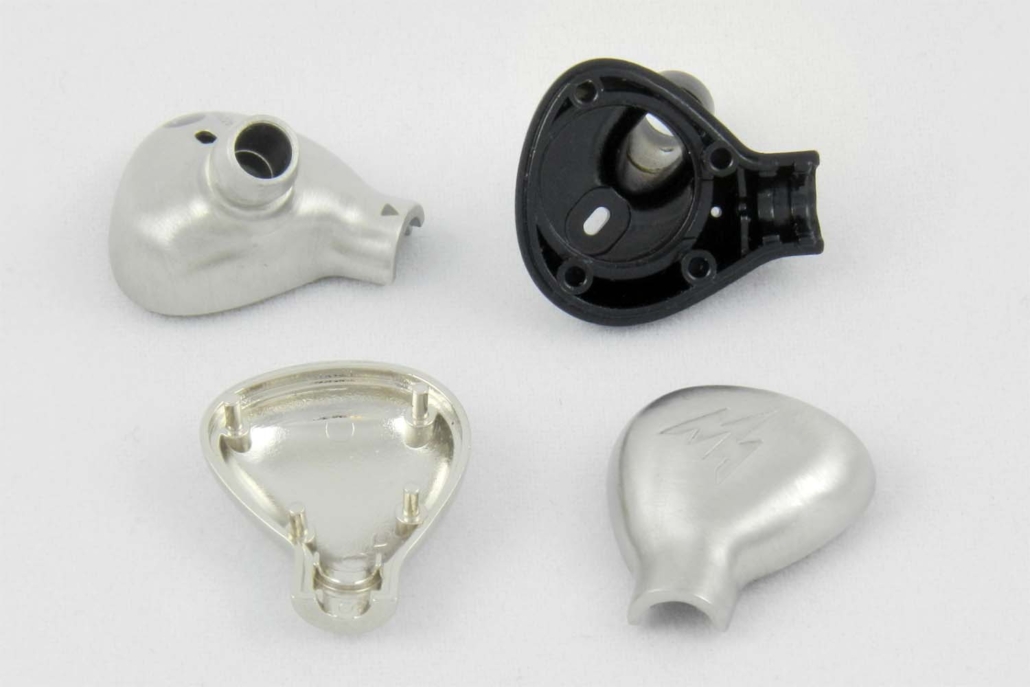Feedstock preparation
In the metal injection molding process, we use two main raw materials: metal powders and a binder. At Eurobalt, we use a thermoplastic binder sourced from trusted suppliers, and all incoming raw materials undergo mandatory quality control. Our facilities mix the raw materials to create feedstock. The thermoplastic binder serves as a processing aid that will be removed during product manufacturing. The powder characteristics determine the final properties of the moulded metal parts. A kneader or shear roll extruder processes the blended powder mixture into a plasticized binder at high temperatures.

